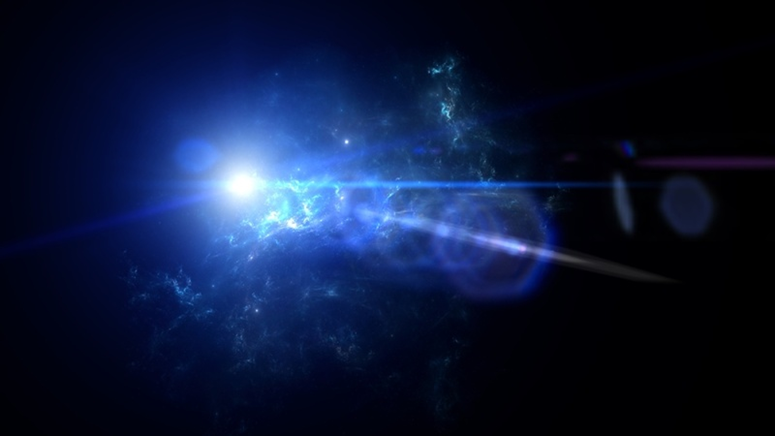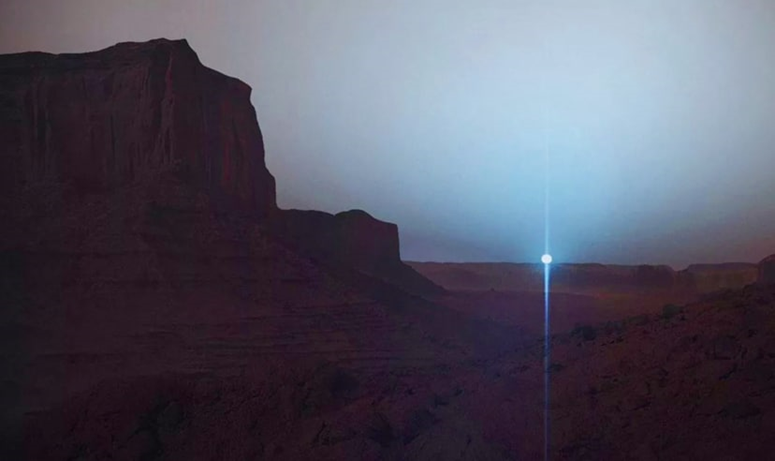NASA publishes a photo of a blue sunset on Mars

In a rare and very beautiful shot, NASA published a sunset scene from the surface of Mars.
NASA's Perseverance Mars spacecraft captured a picture of a strange and rare "blue sunset" over the Red Planet's horizon, according to the British newspaper The Independent.
The US Space Agency indicated that the spacecraft obtained the image on its 842nd Martian day, last July 4, using its navigation camera, which is located at the top of the vehicle’s mast that helps in driving.
"As the dark red sky began to darken, the adventurous robot turned the left navigation camera to the hazy horizon. With one shot, he obtained an image of a stunning sunset, with the red planet's sky glowing a wonderfully eerie, cold blue," she said.

The sun glows blue from Mars
The Perseverance image shows the sunset on the horizon of Mars glowing in a strange, cold bluish-green color, an image that sheds more light on the physics behind the strange sunset, the physics of light scattering on the red planet, and how it contrasts with a similar phenomenon on Earth.
On Earth, when different wavelengths of sunlight enter the atmosphere, they are scattered by small particles including gases such as oxygen, nitrogen, carbon dioxide, and water vapor, as well as other particles.
During the height of the day, when the planet's side is closest to the sun, blue light - which travels in shorter wavelengths - is scattered farther and wider, making the sky appear blue during this time.

However, during sunrise and sunset, sunlight travels a greater distance in the atmosphere. This scatters light of shorter wavelengths, including violet and blue, leaving only orange and red light reaching the eyes.
It is known that the atmosphere of Mars is very thin (about 1% of the Earth’s atmosphere), and that the Red Planet is 50% farther from the Sun than Earth, and sunlight interacts with large dust particles rich in iron on the surface of Mars, compared to oxygen, nitrogen and dioxide. Carbon on Earth.
This dust scatters low-frequency red light during the day, giving the Martian sky its distinctive red color.
At sunset, when the light has a longer distance to travel, the red light dissipates, painting the sky a cool blue color.
In fact, images of sunrises and sunsets taken by spacecraft on the Red Planet not only show the strangeness of Mars, but they also help scientists study the composition of the planet's atmosphere.
Source: websites

